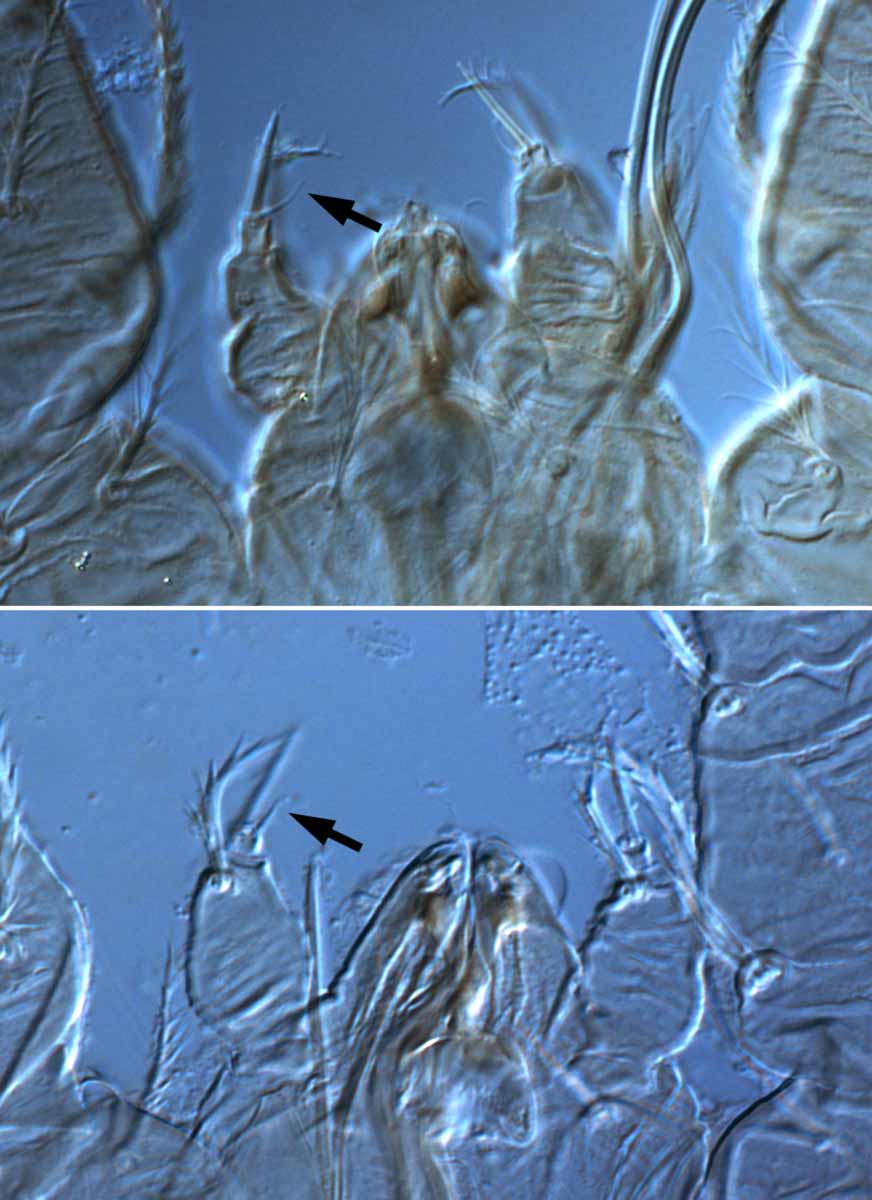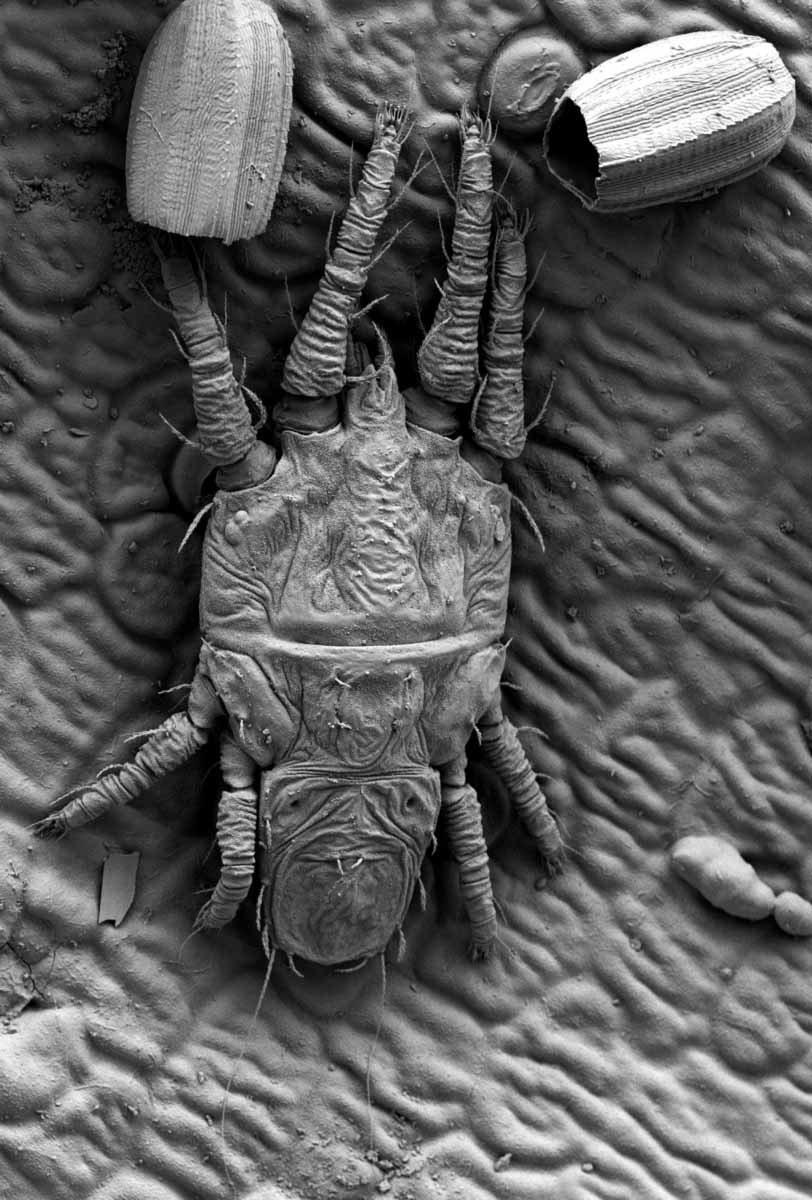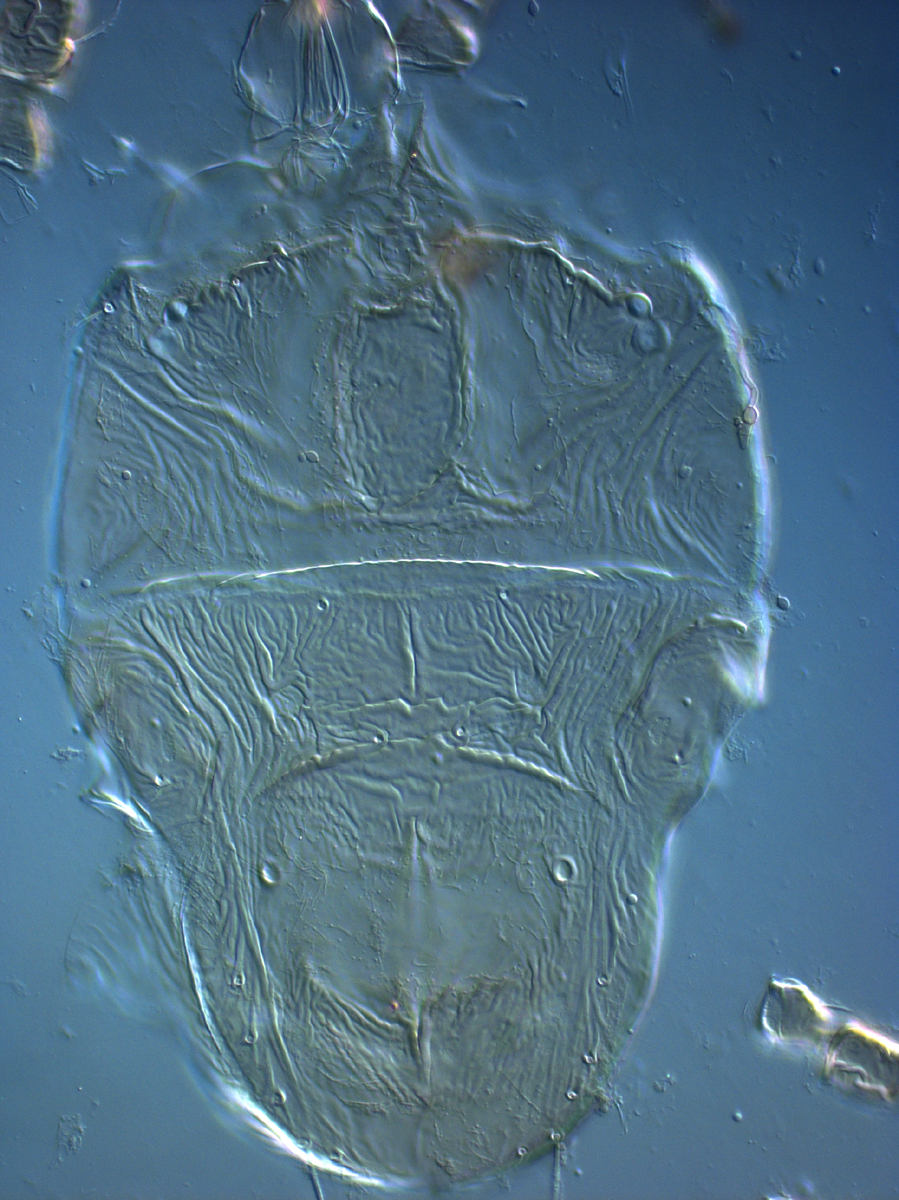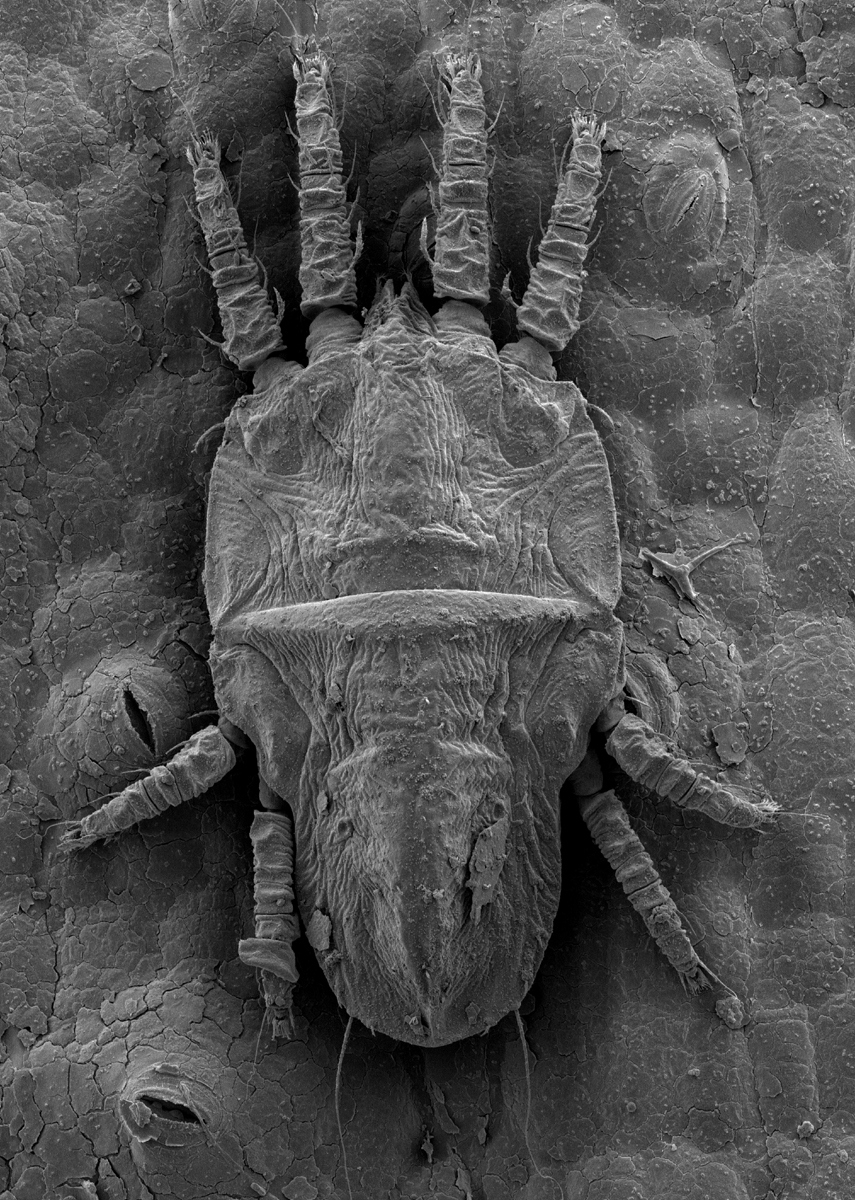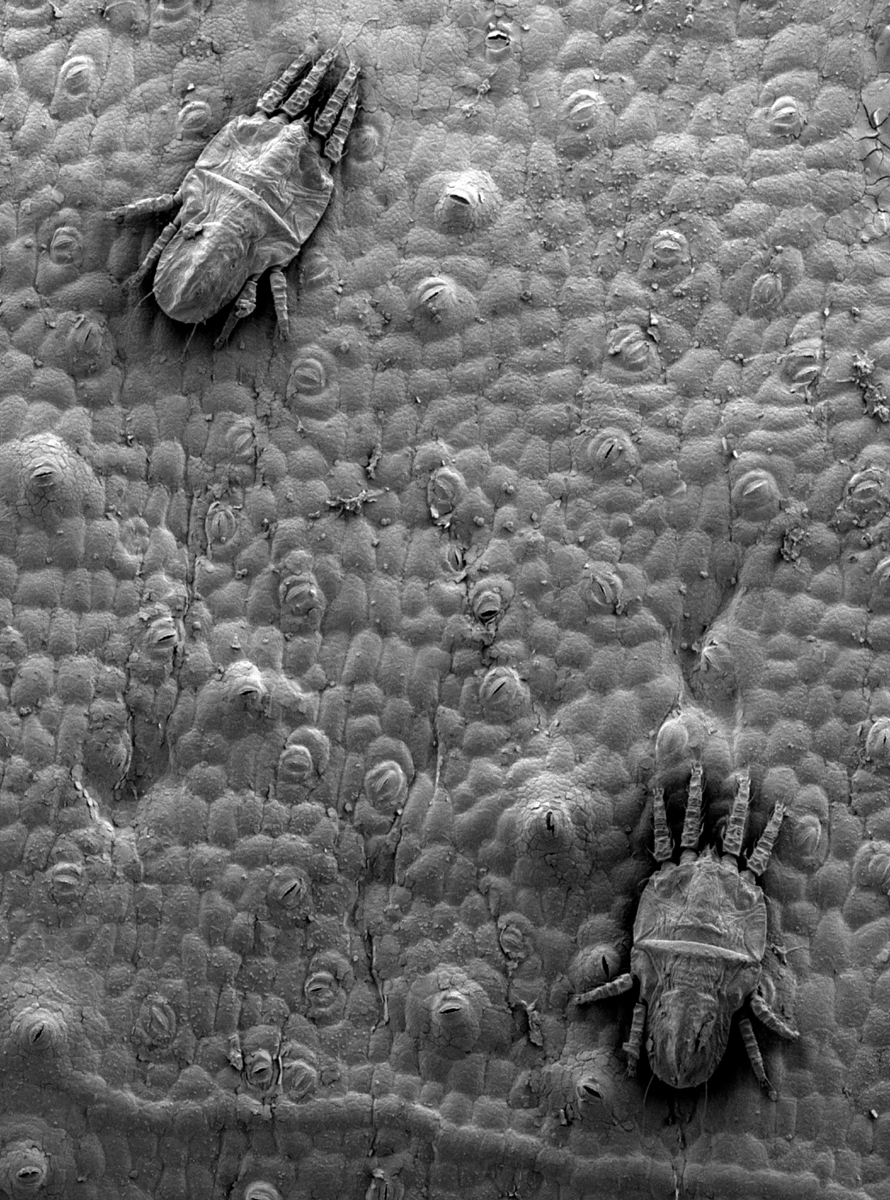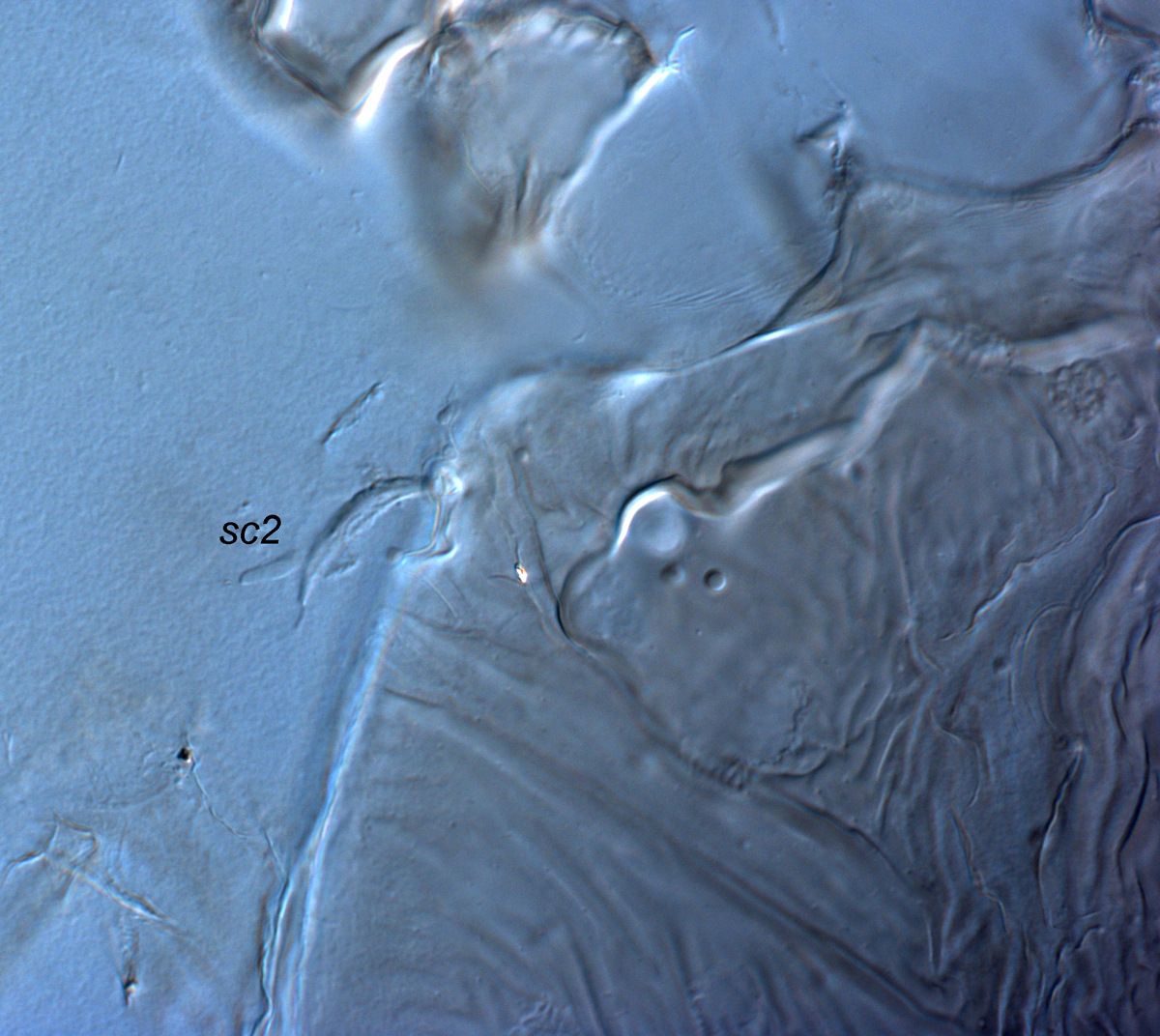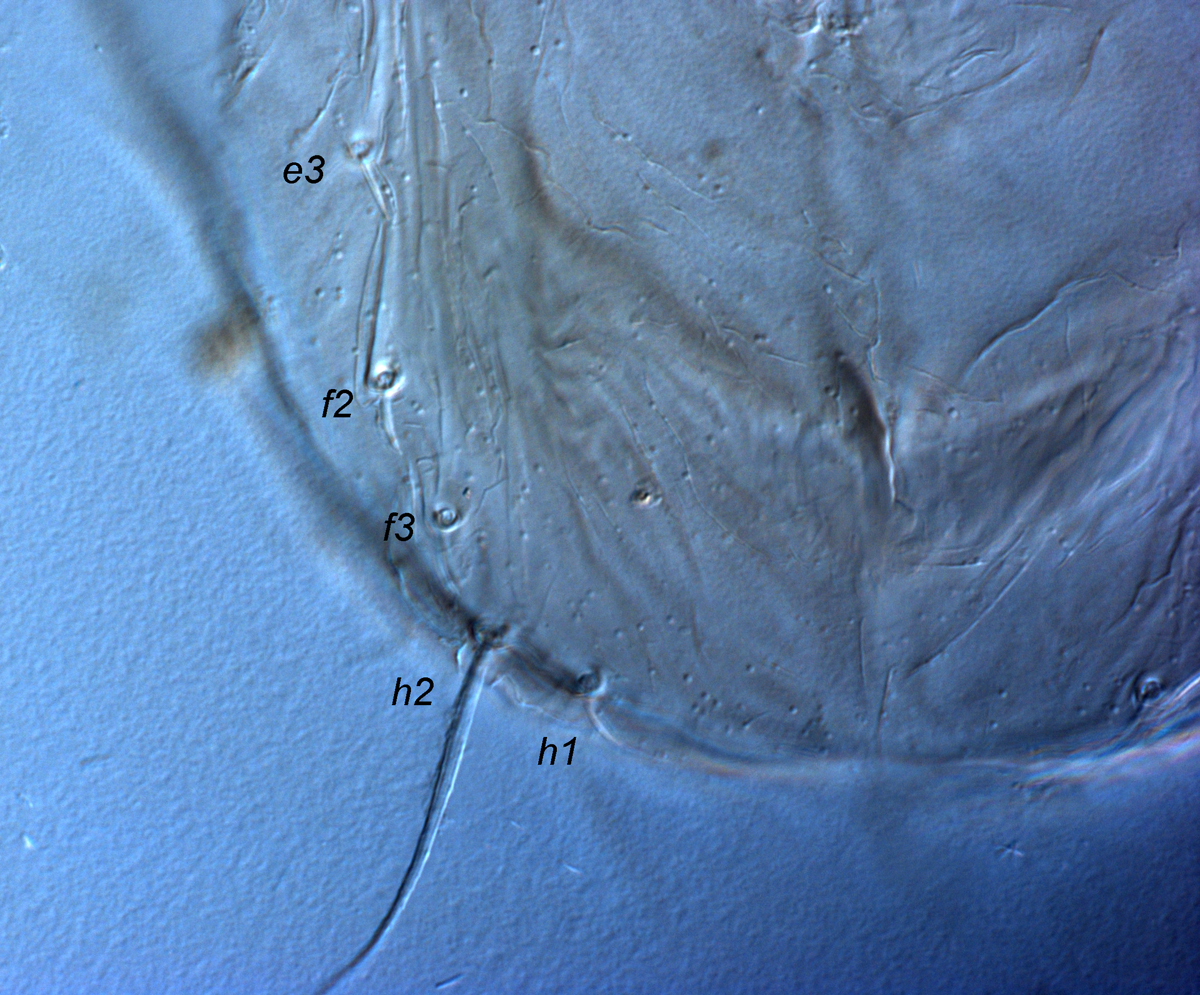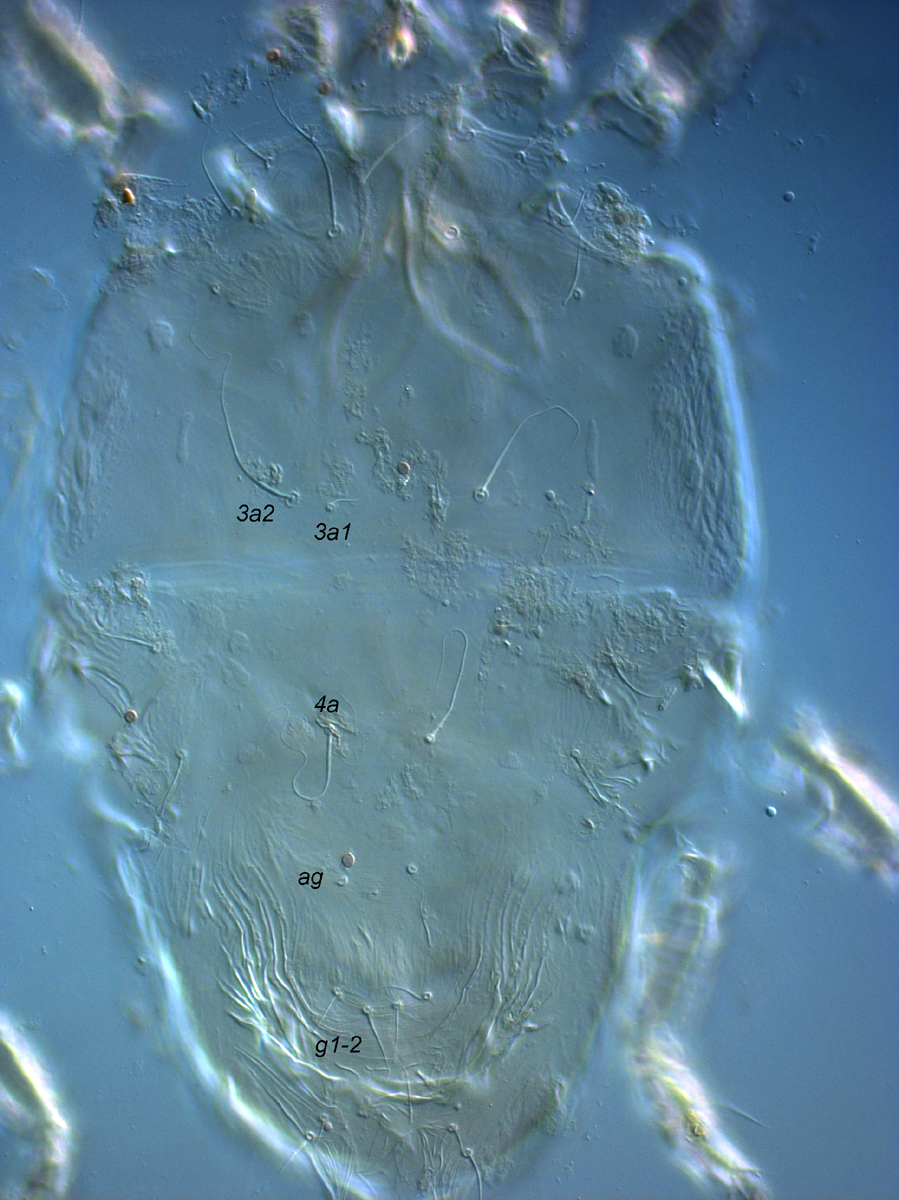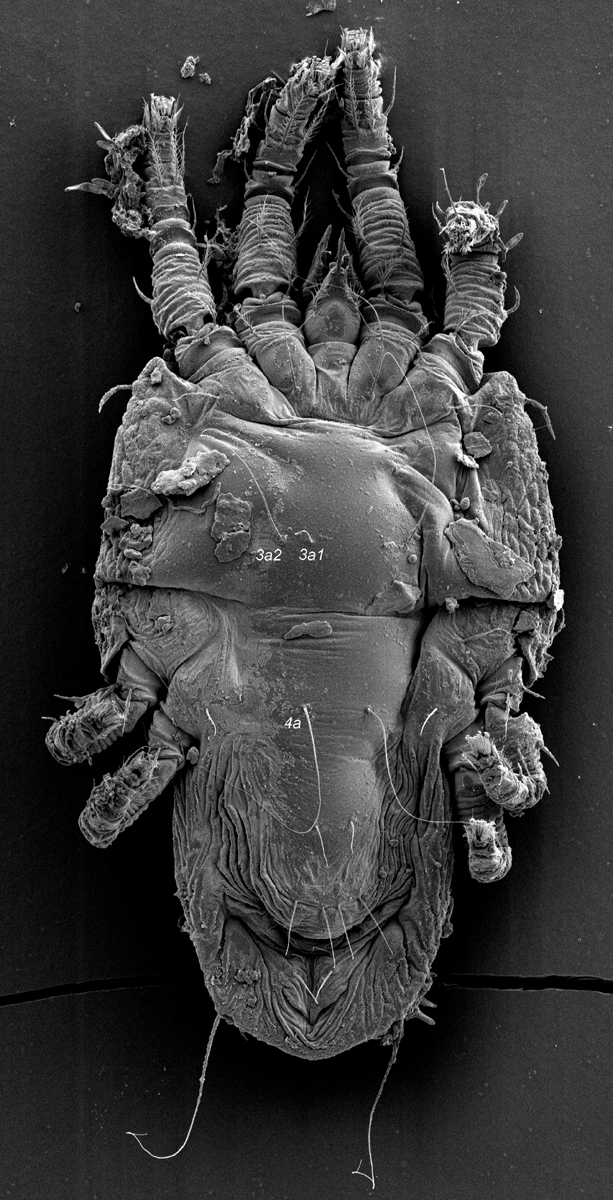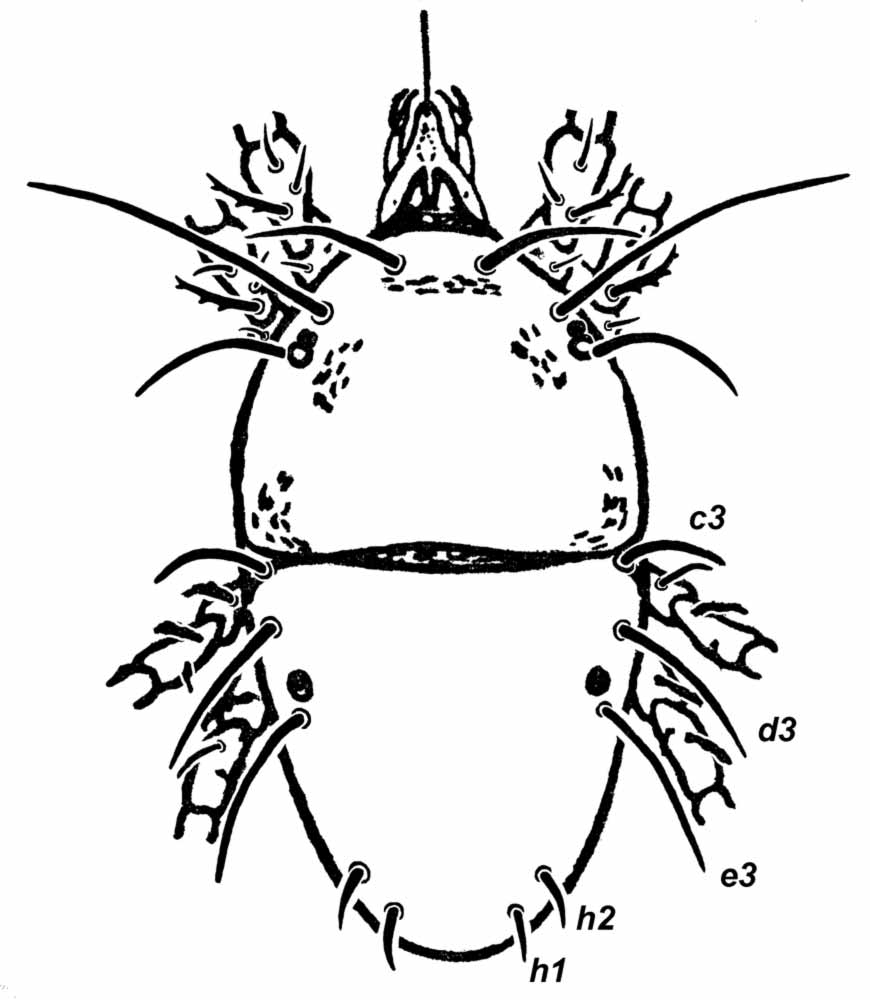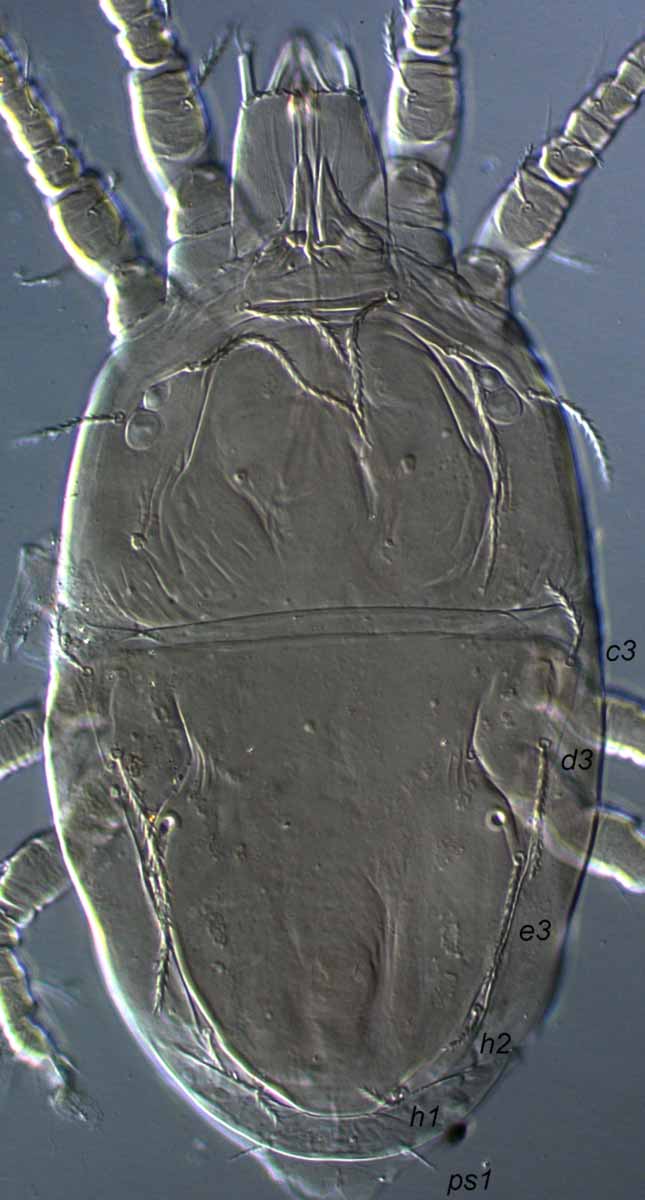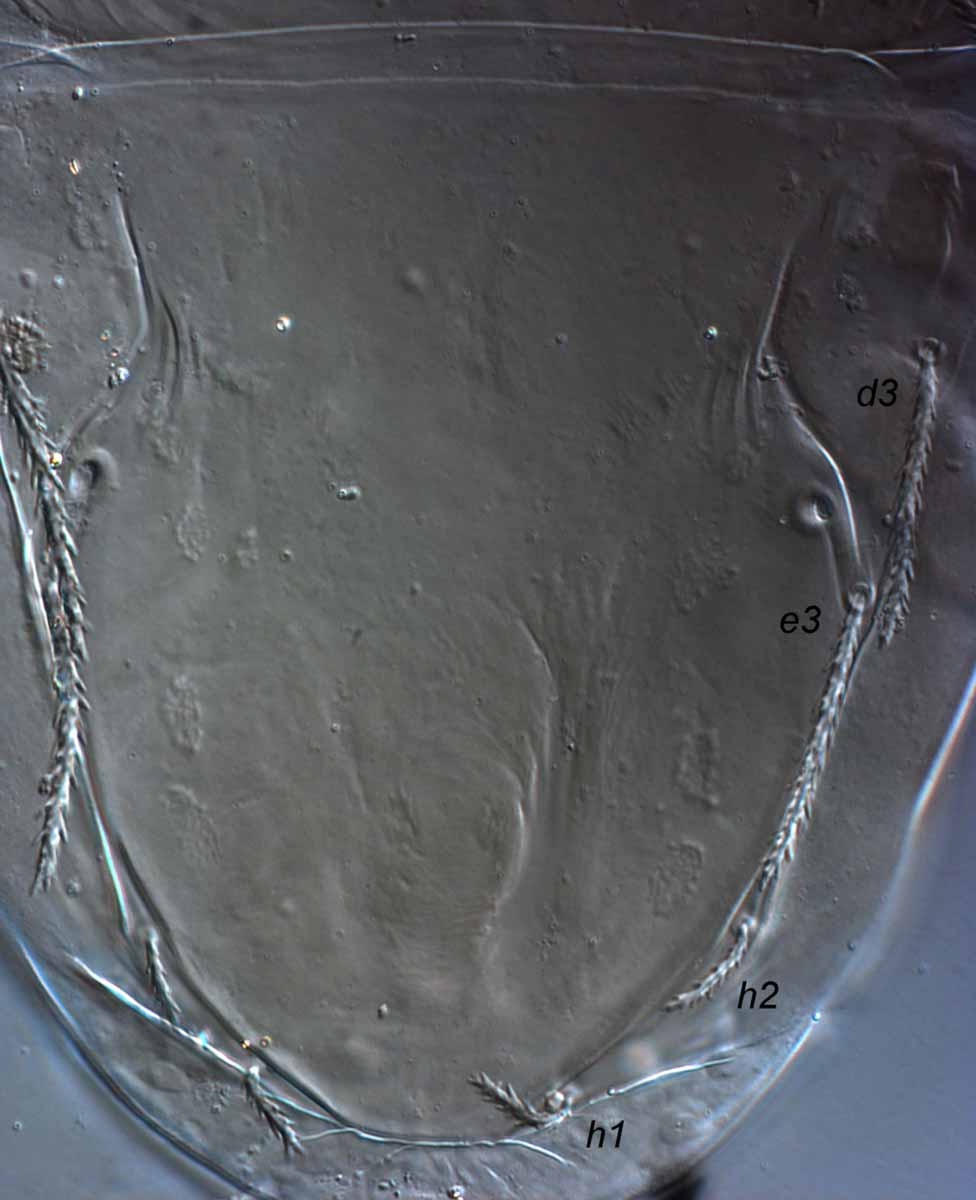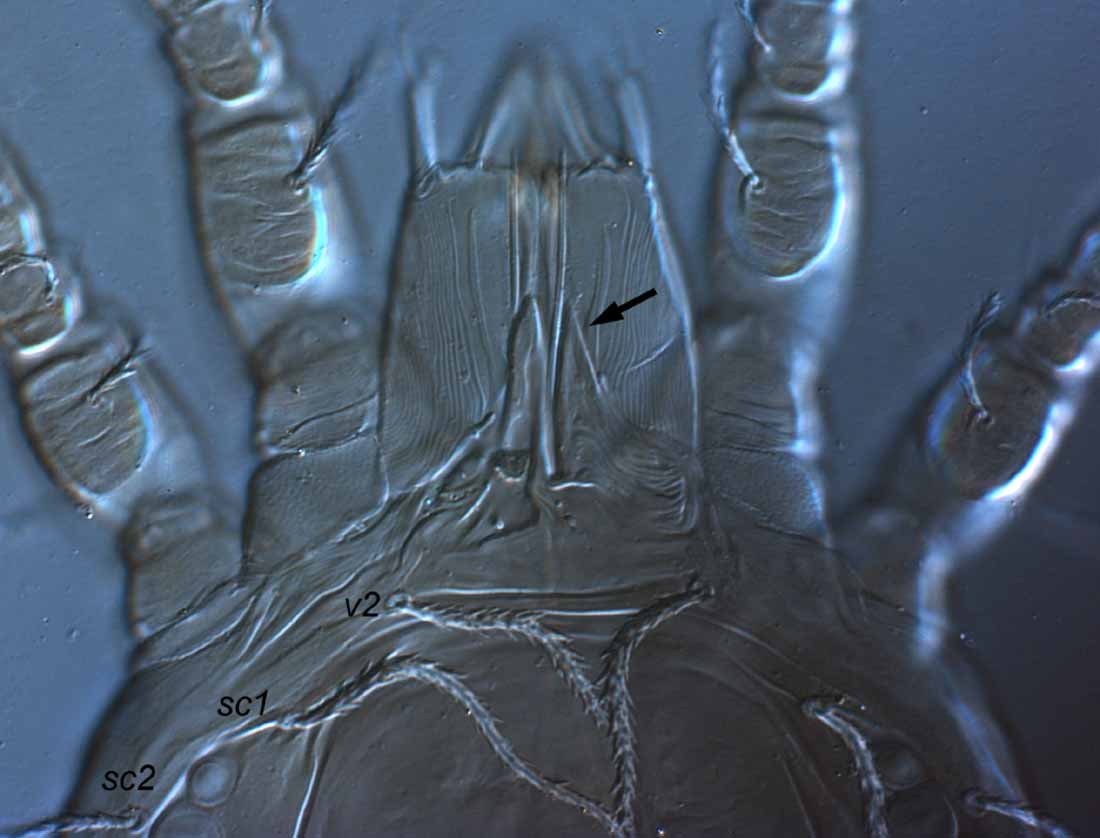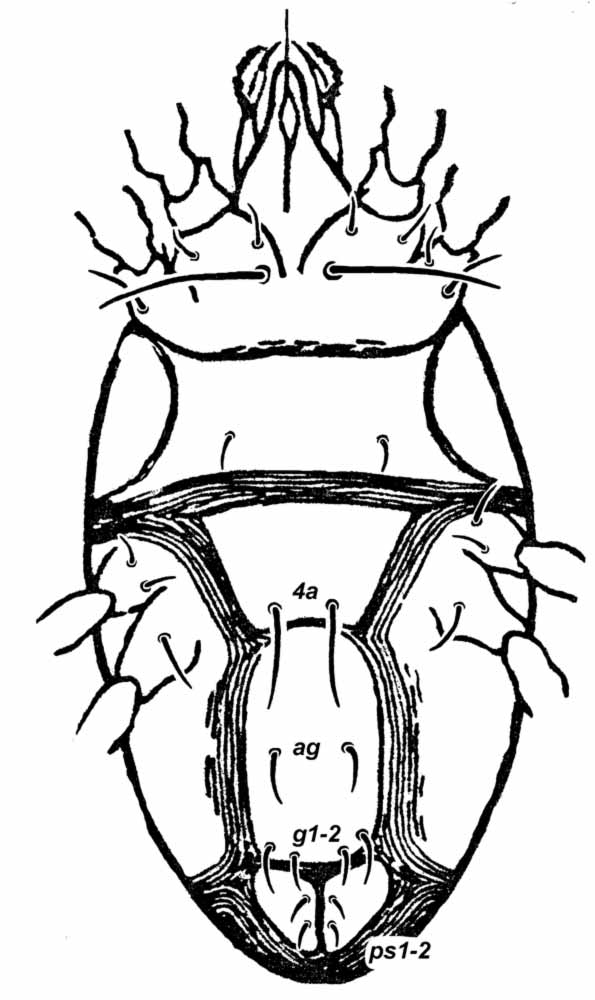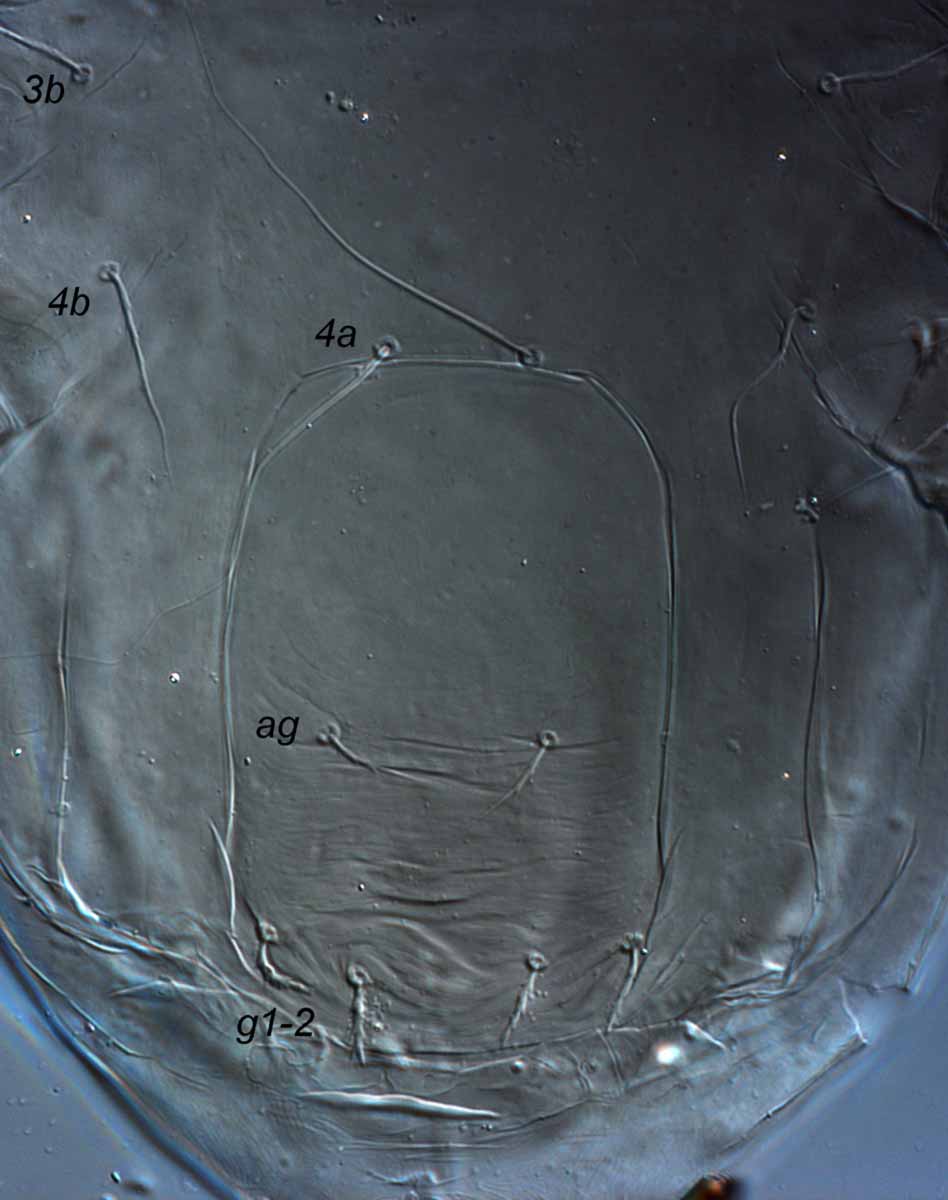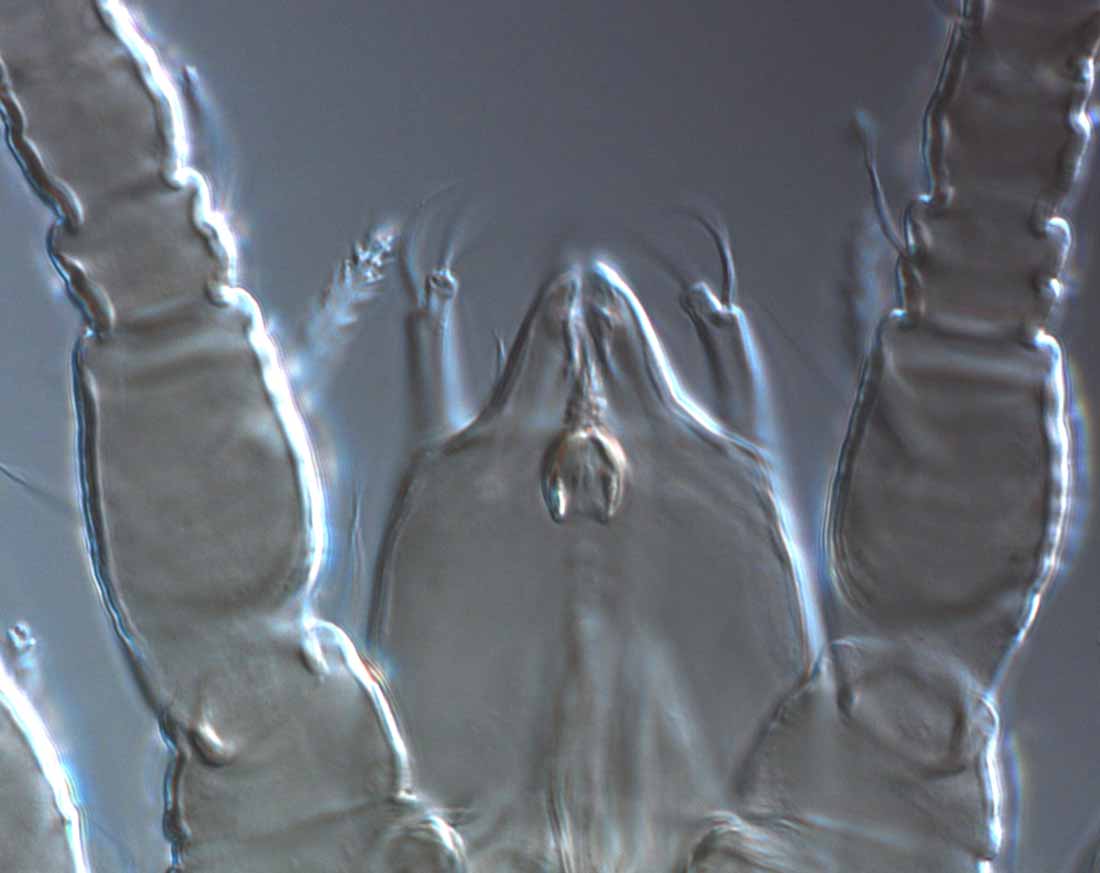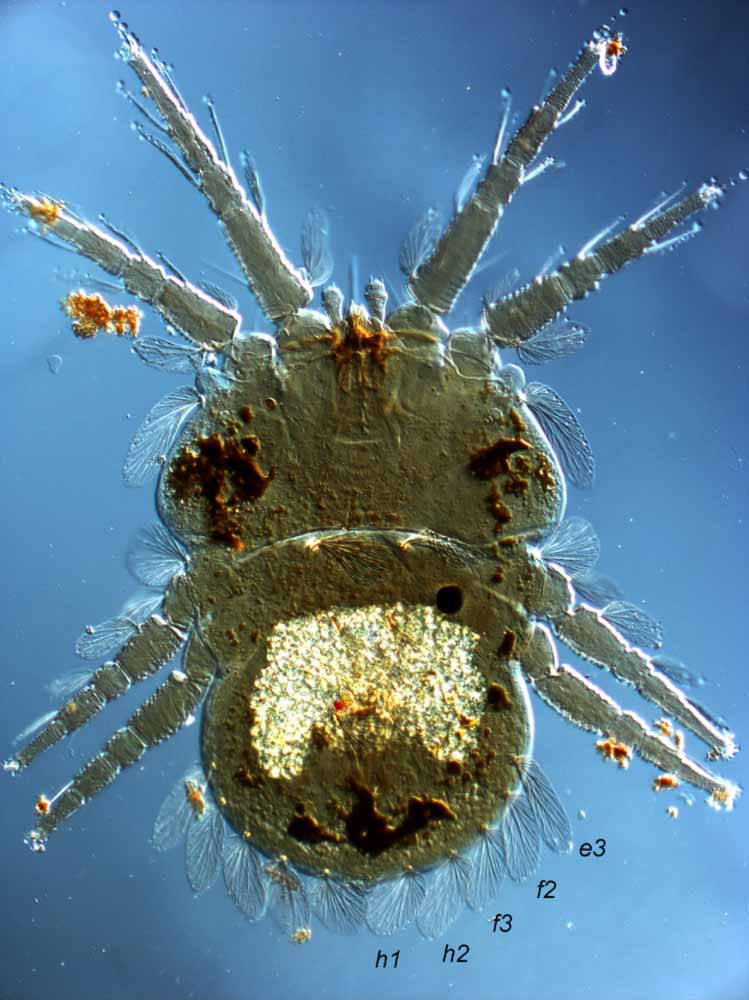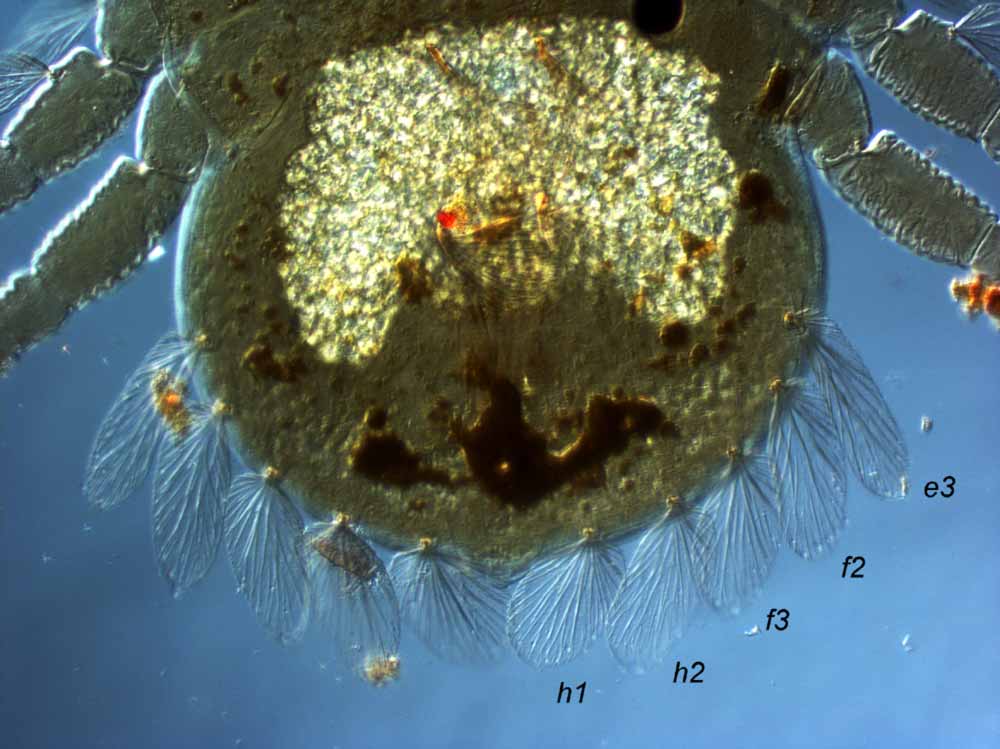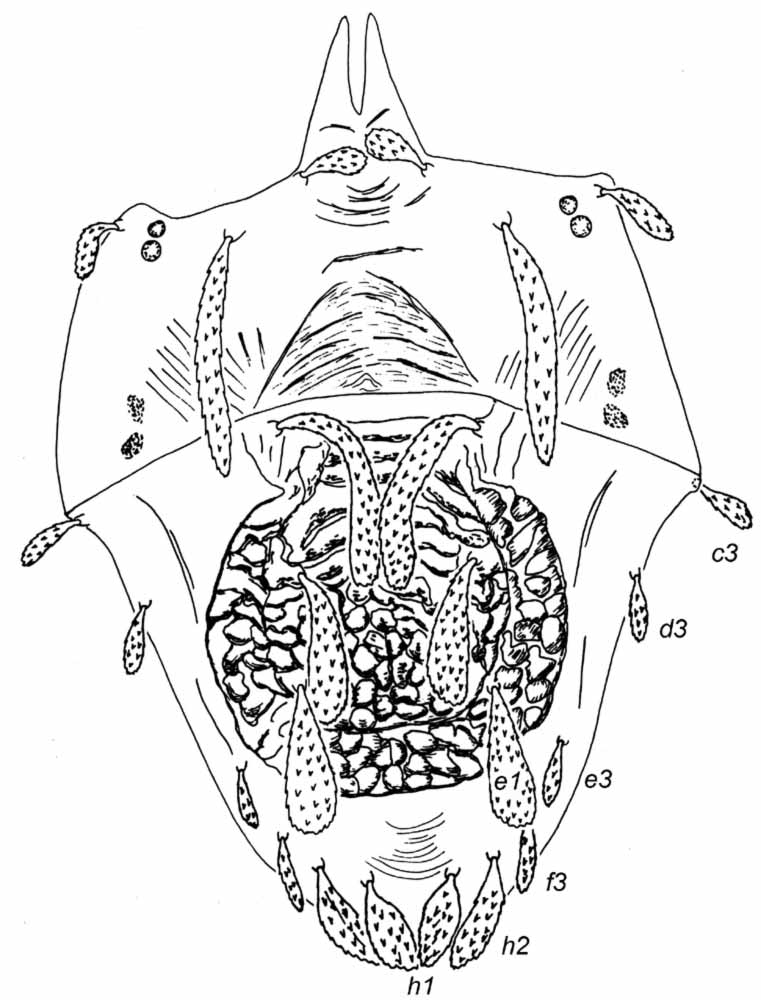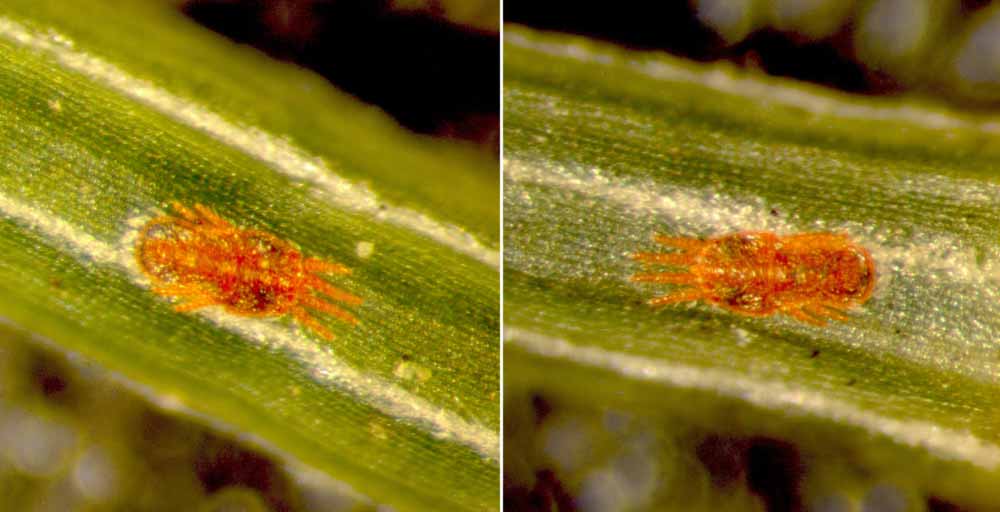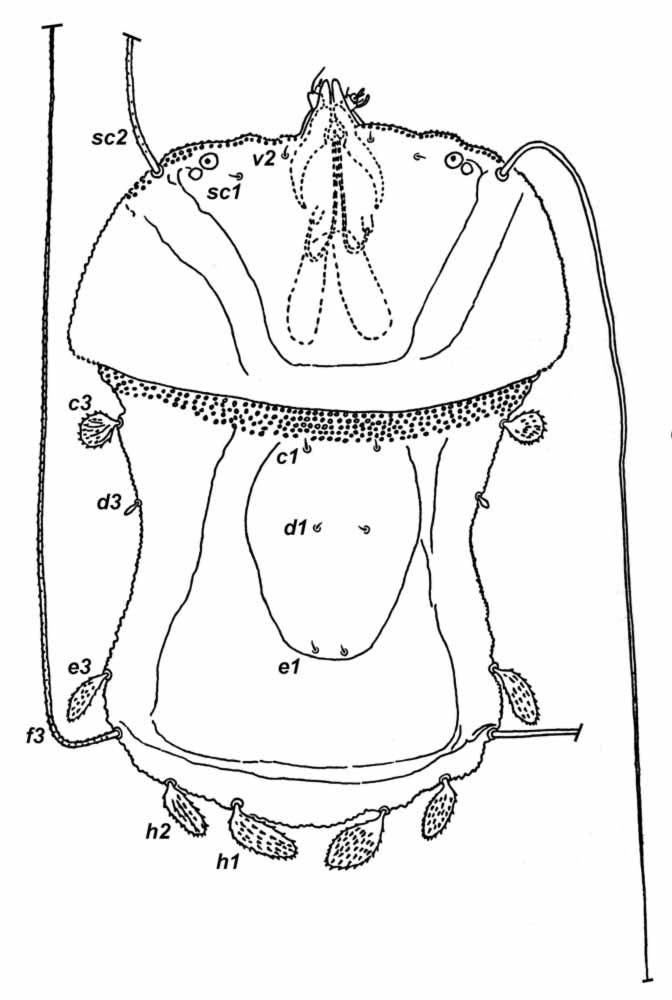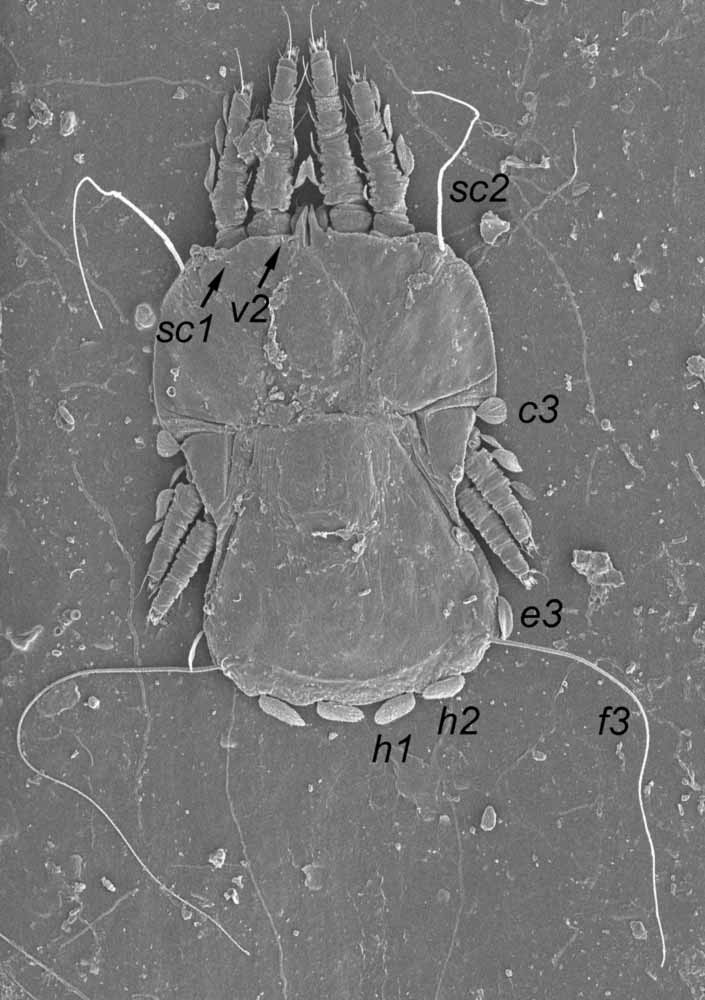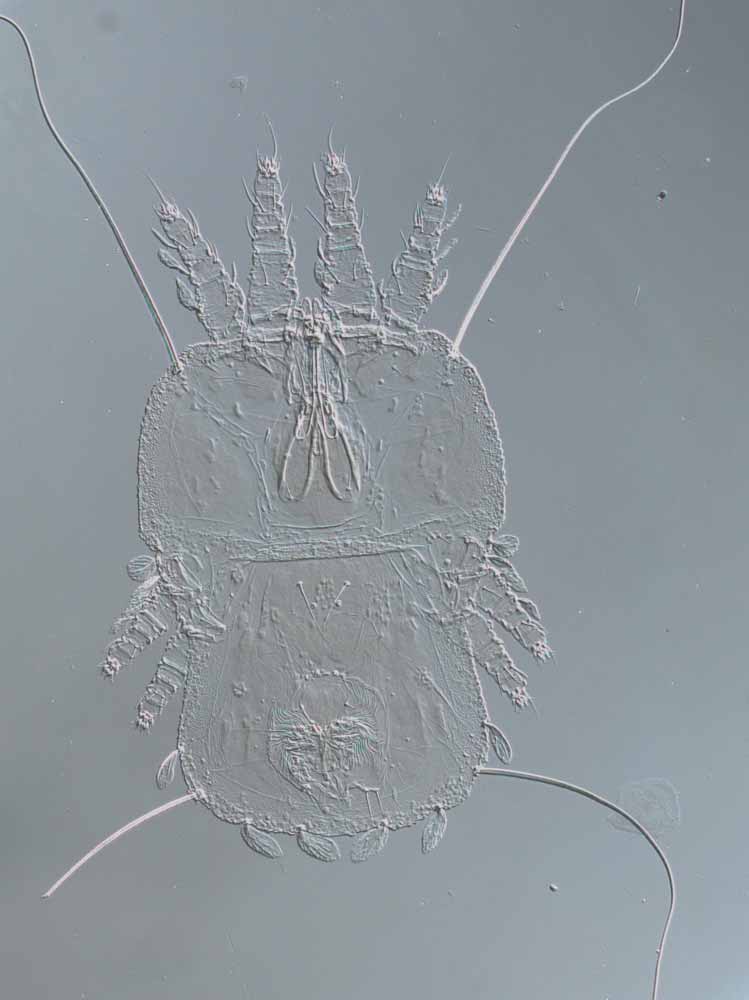Gallery
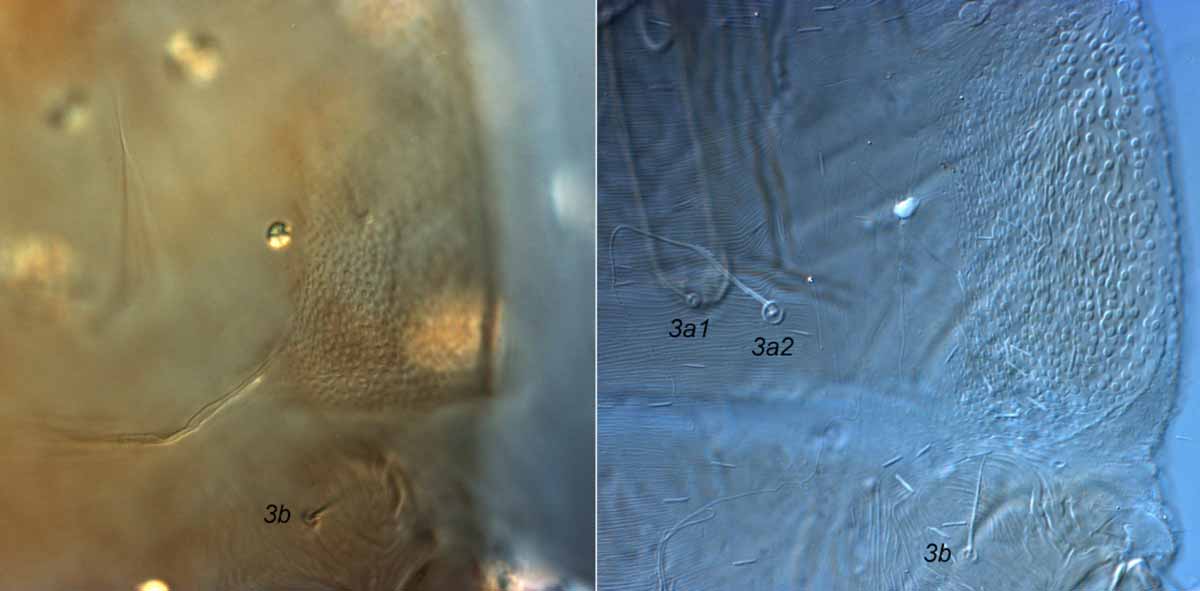 Fig. 9. Tenuipalpus pacificus female ventral lateral cuticle pattern, anterior to coxae III (left = holotype).
Fig. 9. Tenuipalpus pacificus female ventral lateral cuticle pattern, anterior to coxae III (left = holotype).
Fig. 9. Tenuipalpus pacificus female ventral lateral cuticle pattern, anterior to coxae III (left = holotype).
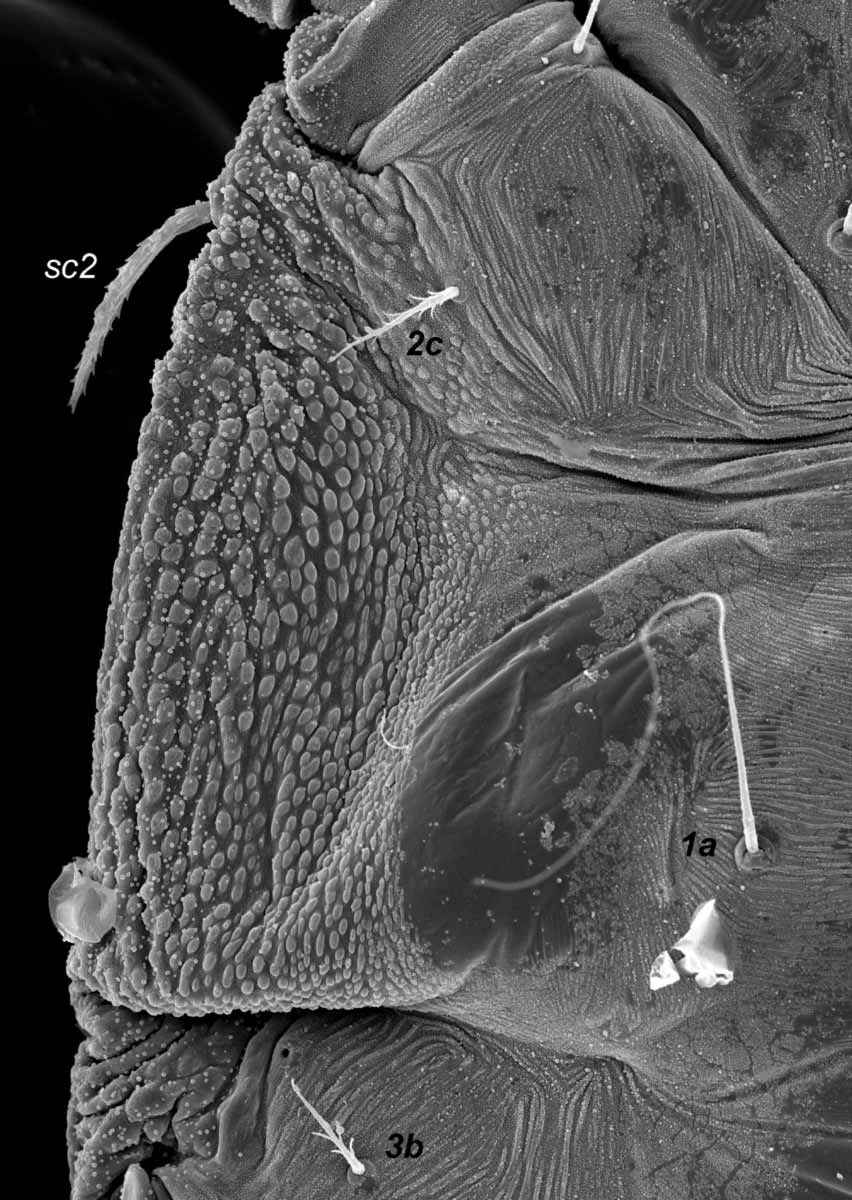 Fig. 10. Tenuipalpus pacificus adult female ventral lateral cuticle (image: Gary Bauchan, USDA-ECMU).
Fig. 10. Tenuipalpus pacificus adult female ventral lateral cuticle (image: Gary Bauchan, USDA-ECMU).
Fig. 10. Tenuipalpus pacificus adult female ventral lateral cuticle (image: Gary Bauchan, USDA-ECMU).
Fig. 11. Tenuipalpus pacificus female palp - arrow indicates short tapered seta.
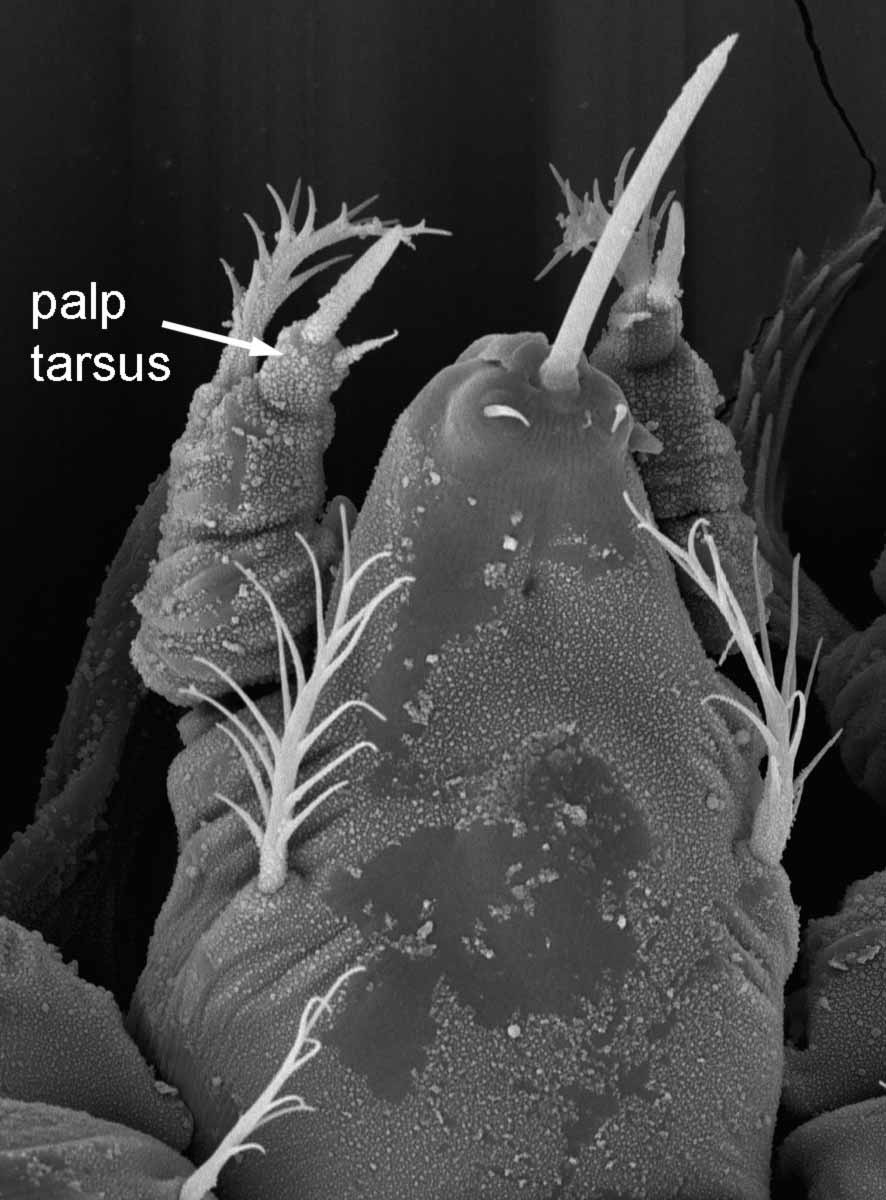 Fig. 12. Tenuipalpus pacificus female ventral hypostome, indicating palp (images: Gary Bauchan, USDA-ECMU).
Fig. 12. Tenuipalpus pacificus female ventral hypostome, indicating palp (images: Gary Bauchan, USDA-ECMU).
Fig. 12. Tenuipalpus pacificus female ventral hypostome, indicating palp (images: Gary Bauchan, USDA-ECMU).
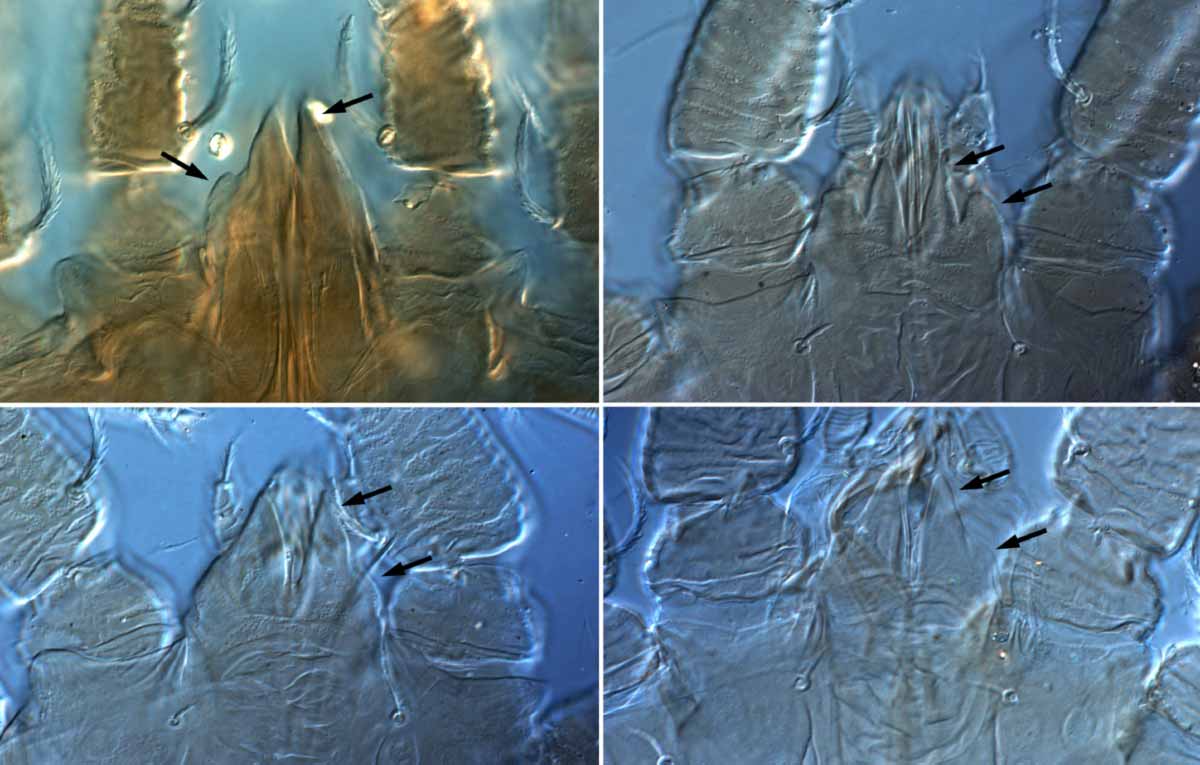 Fig. 13. Tenuipalpus pacificus female - anterior projection on anterior margin of prodorsum (top left = holotype) (arrows indicate central fork and lateral bump).
Fig. 13. Tenuipalpus pacificus female - anterior projection on anterior margin of prodorsum (top left = holotype) (arrows indicate central fork and lateral bump).
Fig. 13. Tenuipalpus pacificus female - anterior projection on anterior margin of prodorsum (top left = holotype) (arrows indicate central fork and lateral bump).
Fig. 14. Tenuipalpus pacificus male dorsum, with hatched eggs (images: Gary Bauchan, USDA-ECMU).
Fig. 1. Tenuipalpus sp. nov. nr crassulus female dorsum.
Fig. 2. Tenuipalpus sp. nov. nr crassulus female dorsum (Image: Gary R. Bauchan, USDA-ECMU).
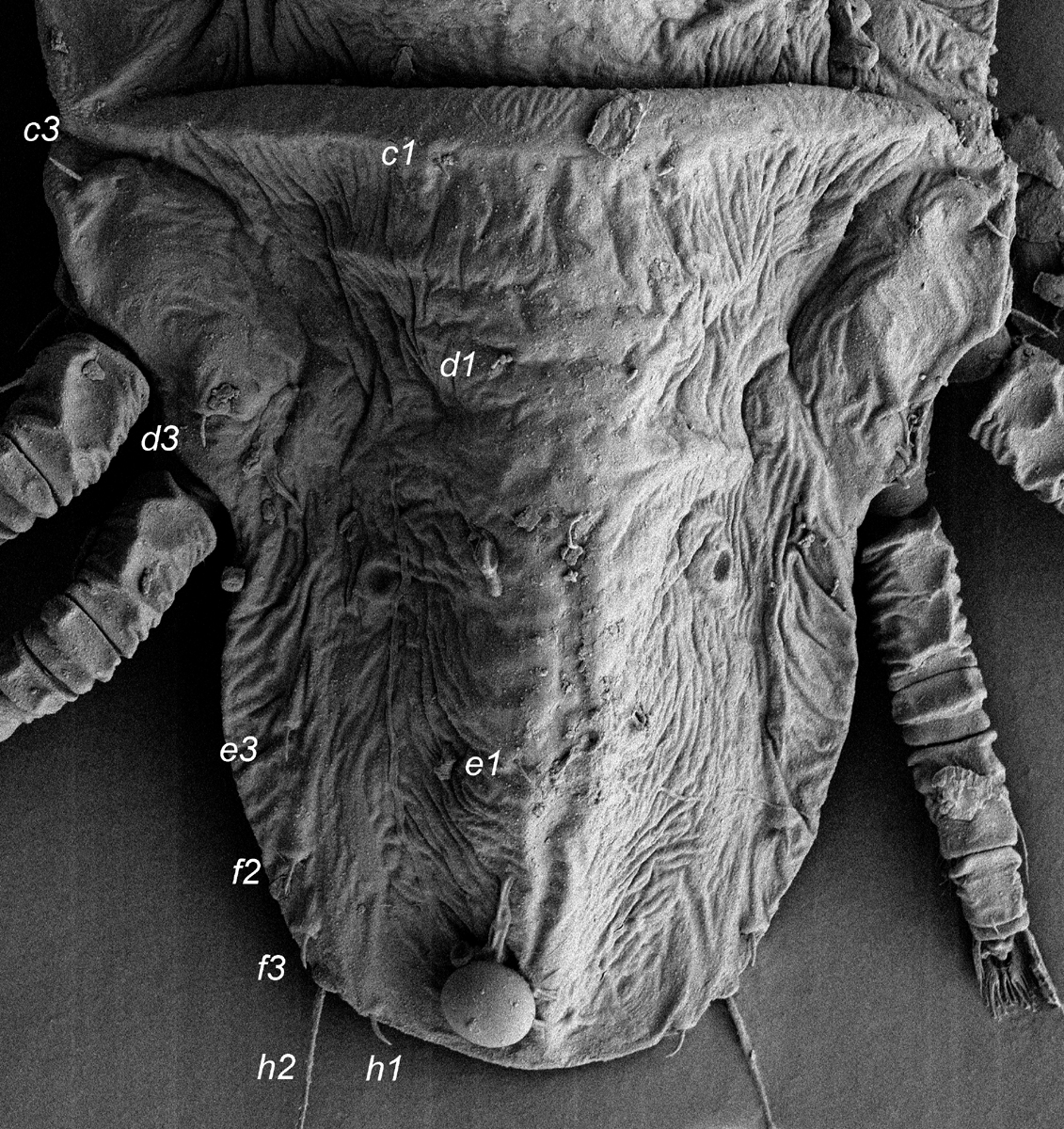 Fig. 3. Tenuipalpus sp. nov. nr crassulus female dorsal opisthosoma (Image: Gary R. Bauchan, USDA-ECMU).
Fig. 3. Tenuipalpus sp. nov. nr crassulus female dorsal opisthosoma (Image: Gary R. Bauchan, USDA-ECMU).
Fig. 3. Tenuipalpus sp. nov. nr crassulus female dorsal opisthosoma (Image: Gary R. Bauchan, USDA-ECMU).
Fig. 4. Tenuipalpus sp. nov. nr crassulus females on host (Image: Gary R. Bauchan, USDA-ECMU).
Fig. 5. Tenuipalpus sp. nov. nr crassulus female prodorsal setae sc2.
Fig. 6. Tenuipalpus sp. nov. nr crassulus female posterior dorsum, indicating lateral setae.
Fig. 7. Tenuipalpus sp. nov. nr crassulus female posterior dorsum, indicating lateral setae.
Fig. 8. Tenuipalpus sp. nov. nr crassulus female venter.
Fig. 9. Tenuipalpus sp. nov. nr crassulus female venter (Image: Gary R. Bauchan, USDA-ECMU).
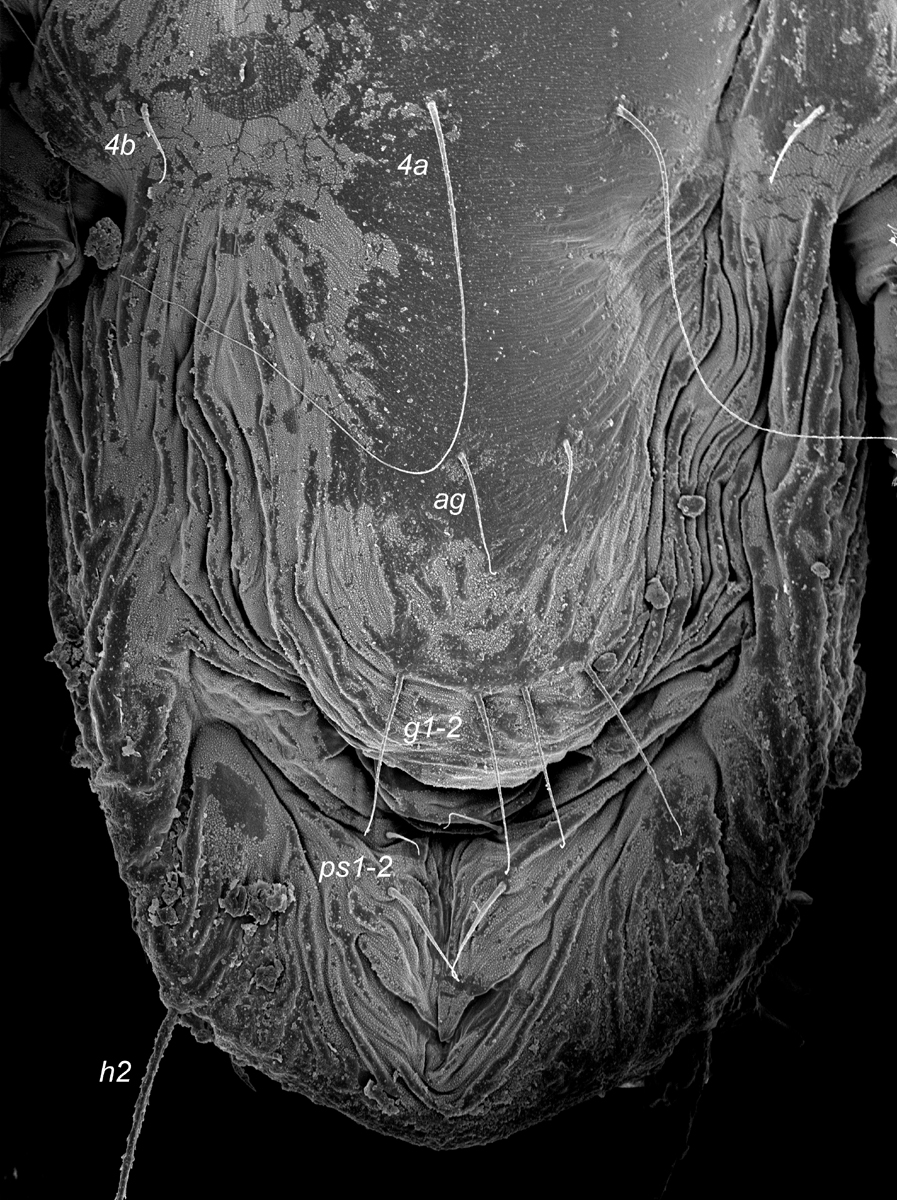 Fig. 10. Tenuipalpus sp. nov. nr crassulus female posterior venter, indicating genital region (Image: Gary R. Bauchan, USDA-ECMU).
Fig. 10. Tenuipalpus sp. nov. nr crassulus female posterior venter, indicating genital region (Image: Gary R. Bauchan, USDA-ECMU).
Fig. 10. Tenuipalpus sp. nov. nr crassulus female posterior venter, indicating genital region (Image: Gary R. Bauchan, USDA-ECMU).
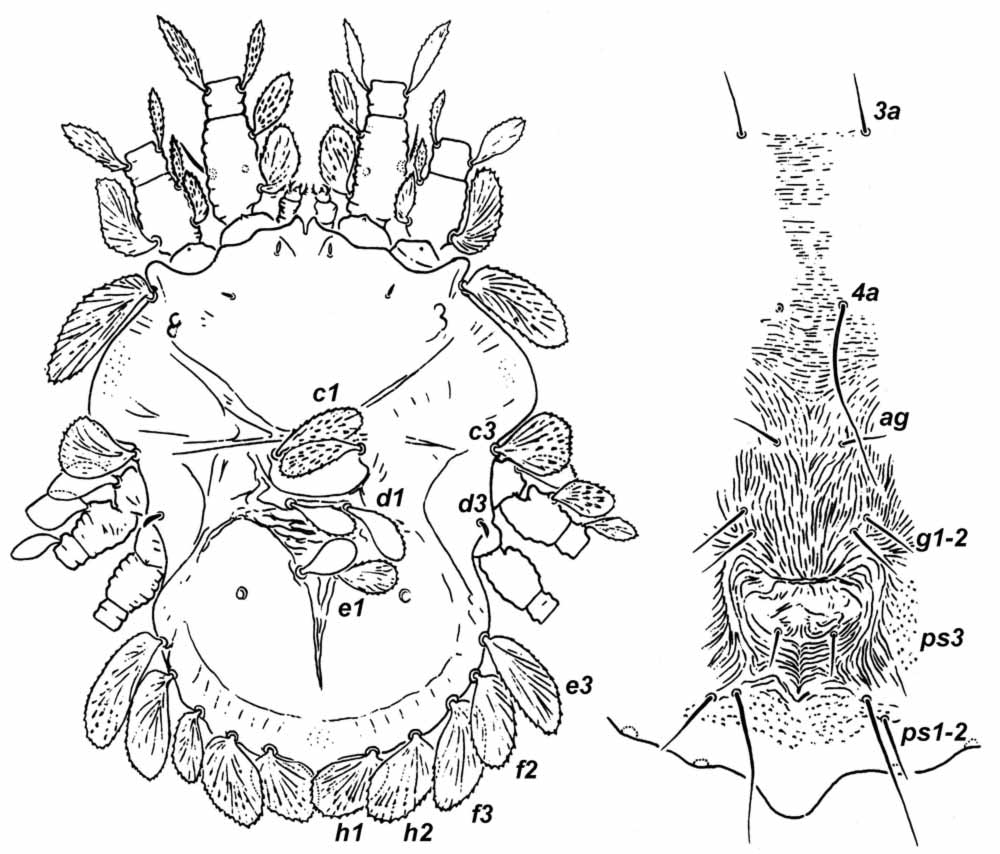 Fig. 3. Ultratenuipalpus meekeri female, dorsum and venter with detail of genital region (after Baker amp; Tuttle 1987).
Fig. 3. Ultratenuipalpus meekeri female, dorsum and venter with detail of genital region (after Baker amp; Tuttle 1987).
Fig. 3. Ultratenuipalpus meekeri female, dorsum and venter with detail of genital region (after Baker & Tuttle 1987).
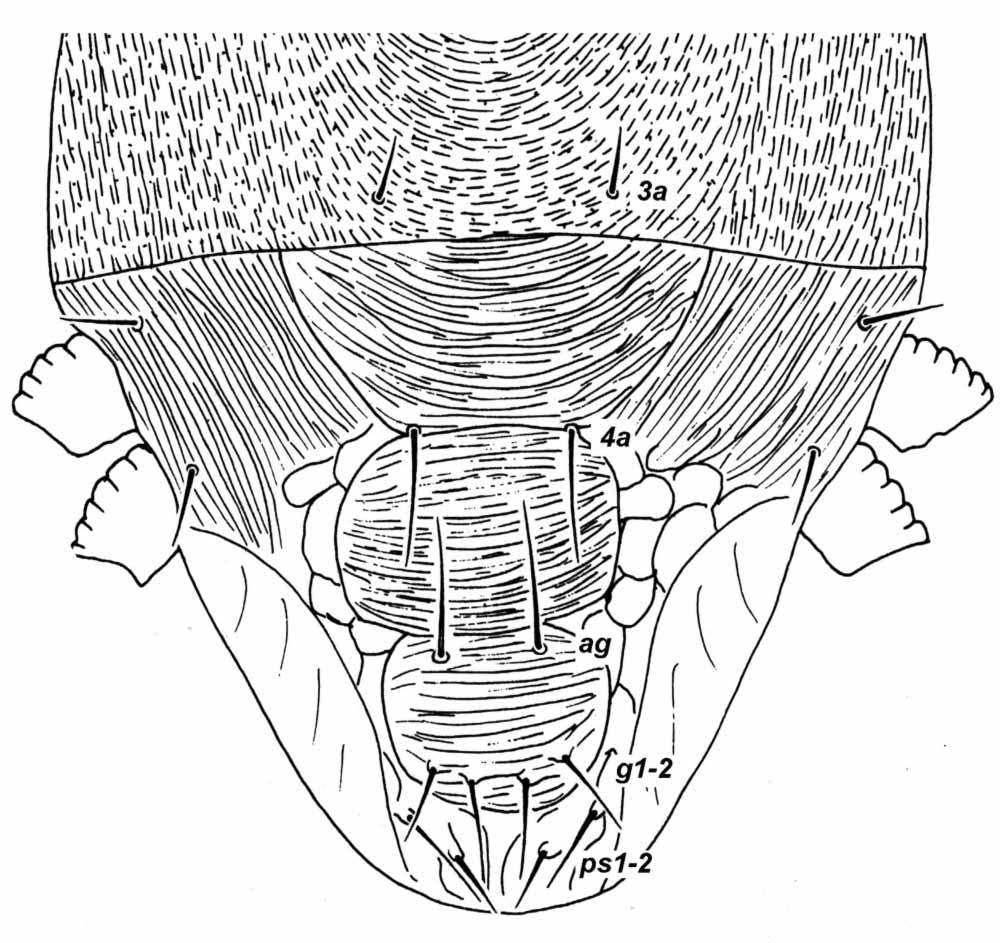 Fig. 5. Ultratenuipalpus quadrisetosus female venter, with detail of genital region (after Meyer 1979).
Fig. 5. Ultratenuipalpus quadrisetosus female venter, with detail of genital region (after Meyer 1979).
Fig. 5. Ultratenuipalpus quadrisetosus female venter, with detail of genital region (after Meyer 1979).

